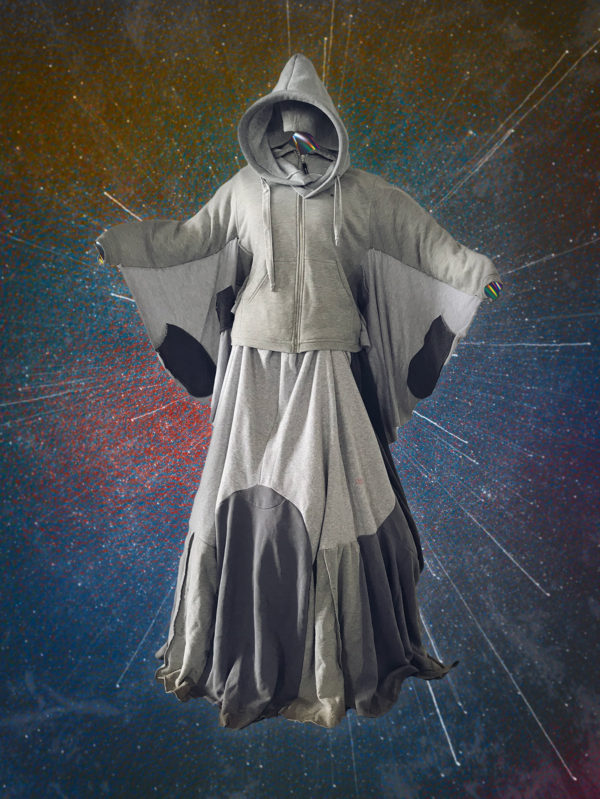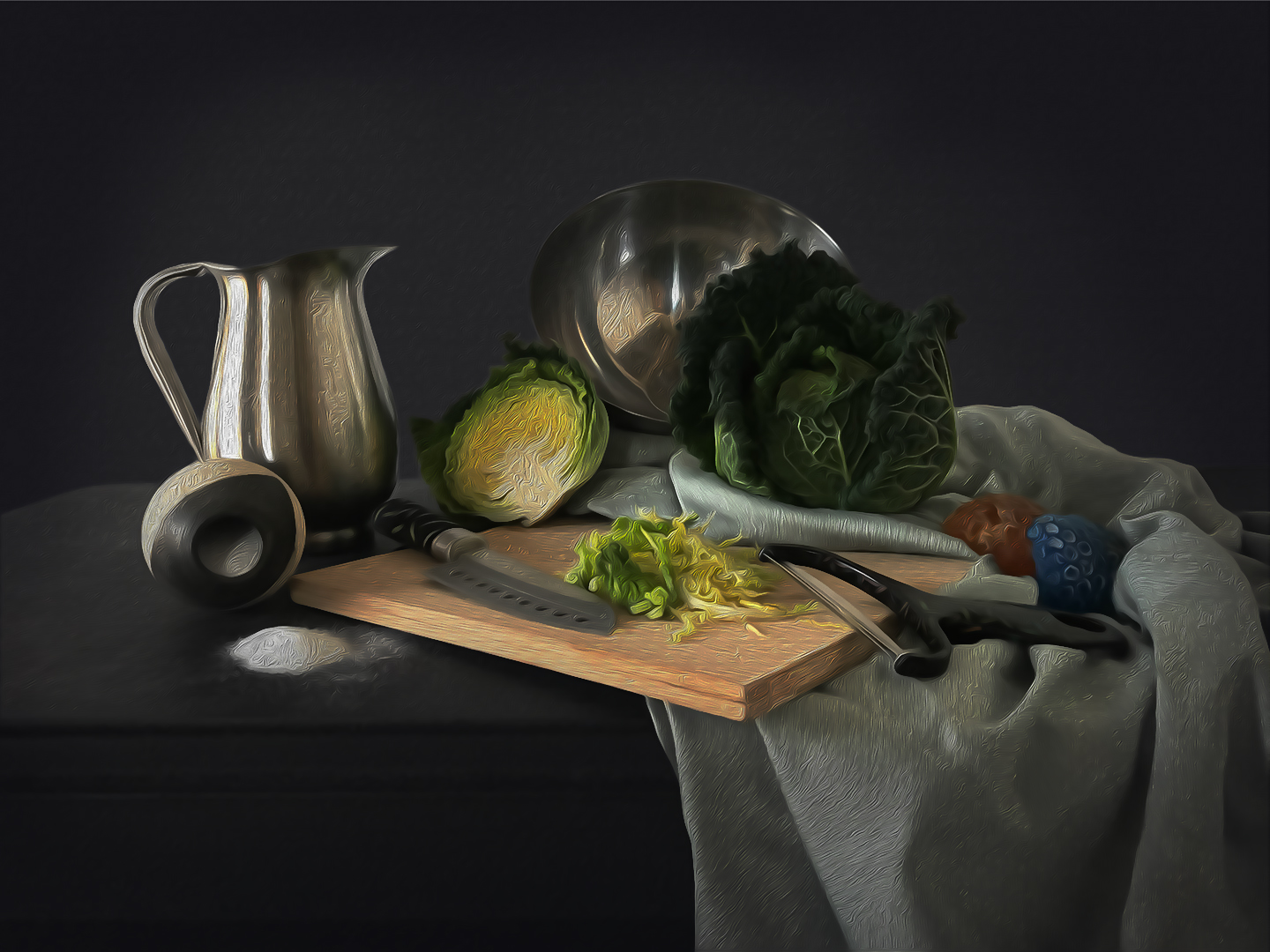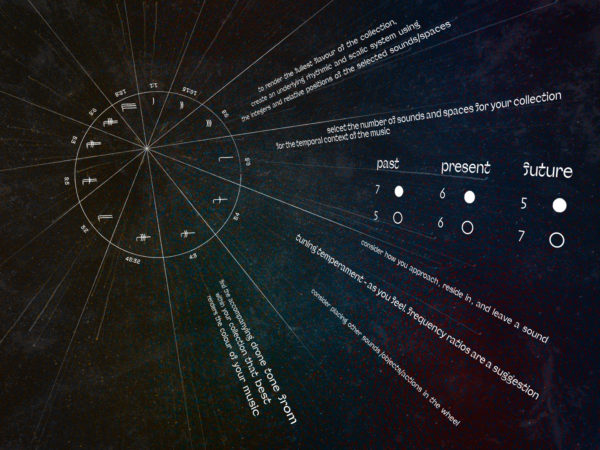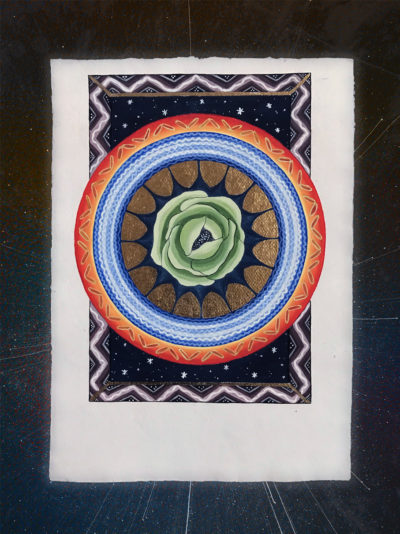‘we are janis’ is the product of a year’s research (courtesy of an ACE DYCP bursary) researching issues around the environmental, economic and social crises we find ourselves in. Following Degrowth scholarship and surrounding researchers, writers and makers, a sci-fi inspired, participatory, multi sensory, multiply located in time and place performative response has grown. This body of work is centred around a race of beings, known as ‘the jan’, one of which I host, we becoming ‘janis’.
‘the jan’ are a race of incorporeal beings who are the drivers of transition, passageways and encounter . They temporarily inhabit willing hosts and create nodes of shared memory between the the jan and all hosts, creating doorways for information to travel across time and space. Whilst this information flows freely, the jan are known to copy some of this information to keep in their own personal archives, each jan having unique preference for certain types of knowledge. janis (whom I host/collaborate with) has developed a penchant for sound, music and fermentation, becoming somewhat of a spacetime-wondering-minstrel-amateur-biologist’
janis performs music, ceremonies, happenings, collective actions; sometimes with only the host network (myself solo), sometimes with other beings also who may or may not be hosting other jans (other musicians, participants, artists, objects …). When performing, we become ‘janis and the sonic travellers’.
as janis, we also produce cultural artefacts, items and music that demonstrate janis’ life, experience, history and interests as they currently stand whilst mediated through me.
Participation
The work of janis centres around active participation and aims to viscerally engage the audience through multiple senses. Working together to complete tasks such as fermenting vegetables, making music, writing scripts or creating ceramics for future archeology, we can tap into collective intelligence, foster opportunities for connection with others and ‘handthink’ our way around some difficult existential issues, such as the very real threats to our ecosystem, increasing inequality of living standards and what humanity in 1000 years might be.
Workshops & participation can take 3 general forms-
- No prior participation, performance event only
- Minimal prior engagement (workshop before performance) exploring a theme of the work or creating small elements of the imminent performance
- Longer term prior engagement through a series of creative workshops, co-creating and adapting the performance framework, exploring multiple elements and creating artefacts for both the performance and beyond.
Performance Library
Picture a cell. When placed in a hospitable environment, that cell will replicate. It may make an exact copy, it may make a variation. These cells will continue to replicate. They may be changed through interacting with other cells, they may replicate mutations on their own, they may split themselves unevenly, creating different but connected new cells. Some may die, some may thrive. Given time, and allowed the variety of a non-sterile environment, a resilient, diverse population can grow.
Each performance in the library is a cell, a starting place for interactions, replication, divergences, unknowns, forging connections and the building of a resilient, polycultural practice.
Fermentation
“Our existential context is a microbial matrix. We are continually learning more about how critically important the vast microbial populations everywhere are, not only bacteria, but also fungi, viruses and all the others. Forms of life are not bad or good; we exist in all our co-evolved complexity, a vast matrix of intertwining life-form at different scales, interacting, mutually coexisting, and feeding off one another, in ways we are just beginning yo recognise”. Sandor Katz, Fermentation as Metaphor
Fermentation plays a key role in the work of janis; preparing food together, sharing simple but traditional techniques that improve and prolong food and experimenting with complex flavours. In the pushing back against Western capitalist monoculture, wild fermentation is a useful tool for sharing traditional knowledge, exploring issues around food production, nutrition, soil health and ecosystems and can become an act of empowerment in the kitchen.
janis’ musical system
Organised sound is an intrinsic part of any culture, with key identifiers for particular times, places and beings. There are also many elements of organised sound shared across cultures, human and more-than-than. I am continually learning about sound and musical systems in other cultures, particularly fiddle based music. I have created a system from which to compose for janis that takes some widely shared elements of organised sound (cyclic rhythm, scales, drones, and ornaments) and created a temporal context for how to create scales and rhythmic cycles using the ’empty chair’ principle (leaving a visible space for those not present). The more the sound is contextually rooted in the future, the more space we leave in the scale/rhythmic pattern to remind us of all the lives yet to come.
Why 12 tones to? Through much research, 12 tones to create scales from seemed a widely shared division of an octave, being formalised in both ancient China and Greece around 600BCE. Although just intonation ratios are suggested for starting points, I have left temperament open. I want this music to be easily useable without expertise, so using familiar smaller divisions of the octave (as opposed to 19, 22 or a previously unused number) whilst allowing flexibility for microtones and their cultural or sonic importance seemed a good compromise of functionality and concept. I personally enjoy the complexity of sound created outside of E.T and believe we should be using other-than-ET like fermentation, as an act of defiance against homogenisation. Scales in this system can be formed of 5, 6 or 7 pitches, which is extremely common universally and not unwieldy to use for humans. Whether there is octave equivalence is left open to the user but certainly not assumed.
Ornamentation is left entirely to the performer, as it is such a strong cultural signifier. Fusions of ornamentation are encouraged, own systems for ornamentation can be devised, new ornaments created…each ornamental fingerprint can be considered unique.
Ultimately this compositional tool and the work coming from it is an attempt to be better than AI music mixers. As I try to make music that both feels simultaneously new and connected to traditions of multiple times, places and beings, I want to be blending systems, ideas and contexts, not just surface sounds, exploring the meta data around cultural organised sound, celebrating complexity and nuance and not just addressing pitches and rhythms, which I believe might be a long way off for AI. It is a work of continual investigation.
Symbols
Symbolism is an important part of any culture, janis too has a visual language of symbols. Referencing the work of 13th century polymath and visioner Hildegard Von Bingen (who perhaps hosted a jan?), as janis we create ideograms, symbolic renderings of the ceremonies and rituals in our collection and depictions of janis’ story, without the linear constraints of alphabetic language. Whilst visioning is an important part of many cultural traditions and something I wished to include in janis’ world, it felt important to avoid woolly, uninformed references to cultural stereotypes outside my own, and to find examples of this within Western European culture.
The medieval period is of great interest – this can be seen as the gestation time of capitalism, the transition from feudalism towards the enclosure of all land, with interesting rebellions and revolts on the way, particularly in the Midlands. It was a period where western colonial and extractive practises were honed and deployed and the trajectory we are continuing today was set.
Early Middle Age artwork was often created by monks and nuns, often to adorn biblical passages or calendars indicating labour or devotion to be undertaken. Illuminated manuscripts were so called because of their gold leave adornments.
This imagery of ‘light defeating darkness’ that is so prevalent in this early Christian work is a pernicious, 1 sided dichotomy that we see all around us still, particularly in ‘new-age’ and ‘wellness’ messaging. I suspect the impact of this subtle language association of light=good, dark=bad is huge. It is my intention to create not ‘illuminated manuscripts’ but ‘chiaroscuro ideograms’, exploring different ways of painting light/dark interplay whilst referencing the precious metallic shine. The process is to first create designs close to Medieval colours/adornments, then go through a process of colour and material change to land on a modern but reminiscent ideogram. Instead of traditional vellum, I am exploring painting on other biomaterial ‘skins’ such as kombucha scoby, mycelium and bioplastics.
Selected references (links)
Reading
Get updates about future events
We will process the personal data you have supplied in accordance with our privacy policy.



